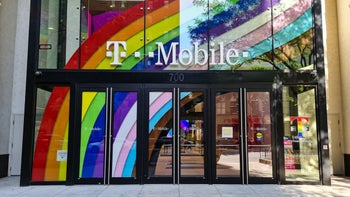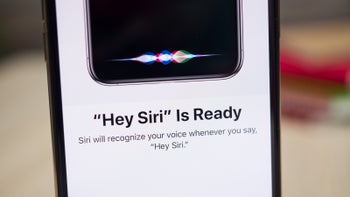Adobe is once again redefining how we interact with digital documents by introducing new AI innovations to Acrobat. In a press release, Adobe
has announced that both Reader and Acrobat users will soon be able to generate and edit images directly within PDFs using simple text prompts. This significant capability is powered by Adobe’s Firefly Image 3 Model, marking the first time generative image features have been integrated into a PDF application.
Additionally, an enhanced Acrobat AI Assistant — a conversational engine integrated into Reader and Acrobat workflows — will allow users to ask questions, gain insights, and even draft content from information across a variety of document types, including Word, PowerPoint, text files, and PDFs. Enhanced meeting transcript capabilities within the AI Assistant are also on the horizon.
Image credit — Adobe
This announcement highlights the significance of Adobe's contributions as the inventor and innovator of PDF, emphasizing that generative AI is set to revolutionize the field once more. With Firefly and the AI Assistant working together, Adobe states that users will have the ability to transform information within their digital documents into actionable insights and visually engaging content effortlessly and efficiently.
For the first time, Adobe Firefly's generative AI image capabilities are being integrated into Acrobat. This technology offers significant advancements in image generation quality, prompt understanding, and new levels of detail and variety, expanding creative expression and ideation possibilities. Users will be able to enhance existing images or generate entirely new ones within their PDFs using simple text prompts, all without leaving Acrobat.
Acrobat AI Assistant's new features are designed to streamline research, studying, data analysis, and meeting note review, tasks where information often spans multiple documents and file types. The AI Assistant can identify key themes, trends, and relationships across a group of selected documents, combining and formatting information from various sources into meaningful content.
What about user privacy?
Adobe claims that in an effort to prioritize user privacy and security, Adobe Firefly is trained on moderated, licensed Adobe Stock images and public domain images where copyright has expired, ensuring commercially safe content generation for both individuals and businesses. The company also reiterated its commitment to ethical AI development as outlined in its AI Ethics guidelines, which also govern the selection and integration of third-party LLMs (Large Language Models).
Additionally, Adobe says it explicitly prohibits third-party LLMs from training on Adobe customer data and maintains a strict policy against training its generative AI models on customer data. This is important to point out in light of recent controversies the company has been a part of involving the use of users' creative content for the purposes of training AI, which
Adobe has repeatedly clarified is not the case.
To sum up, Adobe's latest advancements in AI, particularly with Firefly's integration into Acrobat and the enhanced AI Assistant, represent a significant step forward in how we interact with and utilize digital documents. These innovations promise to empower users with unprecedented creative control and streamline information extraction and utilization across diverse document types, all while promising to uphold ethical AI practices and safeguarding user data.














Things that are NOT allowed: